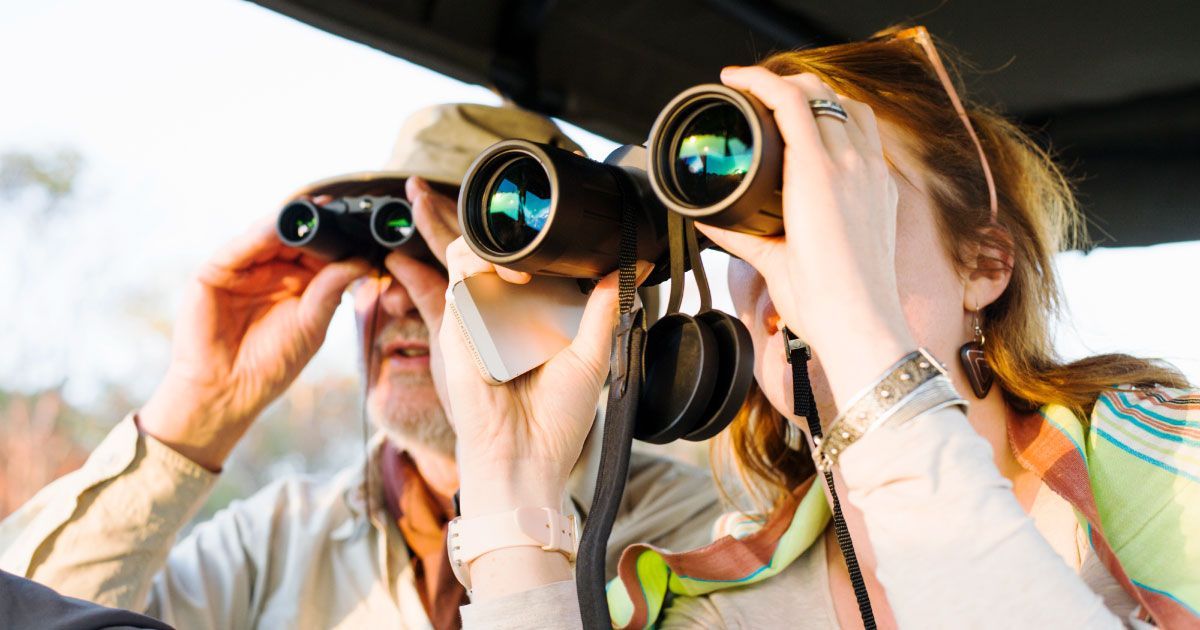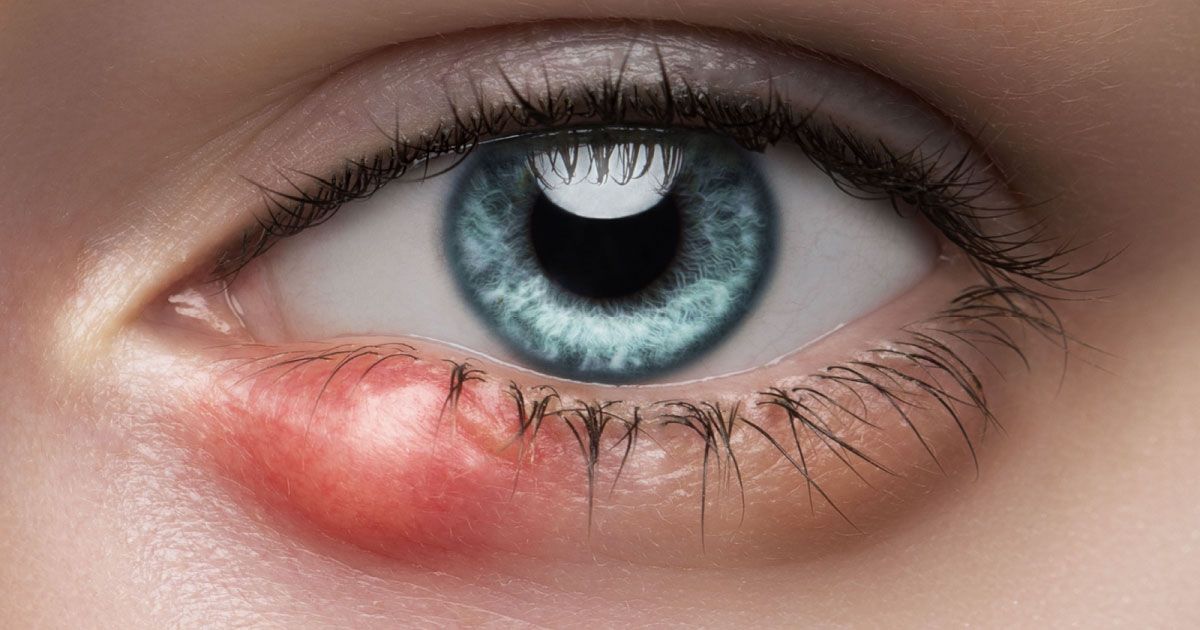Eye Movements and Deception: How Your Eyes Might Reveal More Than You Think

Read time: 5 minutes
Have you ever wondered if someone's eyes can reveal when they are telling a lie? It turns out that eye movements can give us clues about a person’s honesty. Our eyes and the way they move are closely linked to our thoughts and feelings. By observing these movements, we can gain insight into whether someone might be deceiving us.
Eye movements are a fascinating part of nonverbal communication. They can show us things that words might not say. For example, when people lie, their eyes might act differently than when they tell the truth. This behavior is rooted in how our brains work. Certain eye movements can indicate when someone is thinking hard about fabricating a story.
Understanding the connection between eye movements and lying can help us in many areas of life. Whether it's in everyday conversations, at work, or even in TV shows and movies, knowing what to look for can be very useful. Exploring this topic can give us new ways to understand the people around us and improve our communication skills.
Understanding Eye Movements and Deception
Eye movements play a key role in communication and can help us detect deception. When we speak, our eyes move naturally according to what we think and feel. Scientists have studied how our eyes act when we tell the truth compared to when we lie. These studies show that our eyes can reveal hidden feelings.
Our brains work hard when we lie. This extra effort can cause certain eye movements, like looking away or blinking more often. People might also look in specific directions when they try to make up a story. Understanding these patterns can help us figure out if someone is being truthful or not.
Eye movements are part of nonverbal communication, which includes facial expressions and body language. These movements happen without us even thinking and can give clues to our true thoughts. By learning about these signs, we can become better at noticing when someone might not be honest.
Common Eye Movements Linked to Lying
Certain eye movements are often linked to lying. Recognizing these movements can help you spot when someone may be deceptive. Here are some common signs to look out for:
- Looking Up and to the Right: When people look up and to the right, they might be trying to create a story. This direction is often linked to using the imagination, which can mean the person is fabricating information.
- Increased Blinking: People tend to blink more when they are nervous or lying. The brain works harder to create false stories, leading to more frequent blinking as a sign of stress.
- Looking Away: Some people look away when they lie, avoiding eye contact. This behavior can signal discomfort or the avoidance of being caught in a lie.
- Rapid Eye Movement: Quick shifts in eye movement can also indicate lying. The person might be searching for the right words or thinking hard to construct a believable story.
- Pupil Dilation: When people lie, their pupils may dilate due to increased brain activity and stress. This change happens automatically and can be a subtle but telling sign.
Understanding these common eye movements can make it easier to detect deceit. While these signs are not foolproof, they offer valuable clues that someone may not be telling the truth.
Scientific Studies on Eye Movements and Deception
Scientists have conducted various studies to understand the link between eye movements and lying. These studies use advanced equipment to track and analyze eye patterns, helping us learn more about nonverbal cues.
- Eye-Tracking Research: Eye-tracking devices monitor eye movements in real-time. Researchers have found that when people lie, their eye movements often differ from when they tell the truth. For example, some studies show that liars tend to look away more frequently and have less direct eye contact.
- Cognitive Load Theory: This theory suggests that lying requires more mental effort than telling the truth. Increased cognitive load can cause specific eye movements, such as blinking more often or shifting gaze. Studies confirm that higher mental effort can change how our eyes behave, giving us clues about deception.
- Polygraph Comparisons: Research also compares eye movement analysis with polygraph tests. While polygraphs measure physiological responses, eye-tracking focuses on visual cues. Studies demonstrate that combining both methods can improve lie detection accuracy, making it a valuable tool for investigators.
These scientific studies highlight the importance of eye movements in detecting lies. Understanding these findings can help us apply this knowledge in practical ways.
Practical Applications in Everyday Life
Knowing how eye movements relate to deception can be useful in many areas of life. Here are some practical applications:
- Social Interactions: Understanding eye movements can help you identify when someone might not be honest. Watch for signs like avoiding eye contact or rapid blinking during conversations.
- Business: In business settings, identifying deception can be crucial. Use your knowledge of eye movements during negotiations or interviews to better understand the other person's honesty.
- Law Enforcement: Police and investigators can use eye movement clues to assess the truthfulness of suspects or witnesses. This helps make more accurate judgments during interrogations.
- Parenting: Parents can observe their children's eye movements to detect when they might be lying. This can help in guiding them toward honest behavior.
The Takeaway
Understanding the role of eye movements in detecting deception provides valuable insights into human behavior. Studies show that our eyes can reveal a lot about our honesty through patterns and movements. By learning to recognize these signs, we can improve our communication and better navigate social interactions.
Whether in daily life, business, or law enforcement, knowing what to look for can make a big difference. Becoming more aware of these eye cues helps us spot lies and foster better relationships. Paying attention to nonverbal communication can lead to a deeper understanding of those around us.
If you want to ensure your eyes are in top condition, schedule an eye exam with Urban Optiks Optometry today. Our team is here to help you see clearly and understand the world around you better with our luxury eyewear options!
The information provided in this article is intended for general knowledge and educational purposes only and should not be construed as medical advice. It is strongly recommended to consult with an eye care professional for personalized recommendations and guidance regarding your individual needs and eye health concerns.
All of Urban Optiks Optometry's blog posts and articles contain information carefully curated from openly sourced materials available in the public domain. We strive to ensure the accuracy and relevance of the information provided. For a comprehensive understanding of our practices and to read our full disclosure statement, please click here.
OUR LATEST POSTS
© Urban Optiks Optometry, Inc. 2009-2025
All Rights Reserved
Location
The Cairo Building
3788 Park Blvd, Suite 5
San Diego, CA 92103
Phone: 619.683.2020
Text: 619.683.2020
Fax: 619.683.2111
Email: info@uoosd.com
Hours
Monday: 9 am – 7 pm
Tuesday: 9 am – 6 pm
Wednesday: 9 am – 6 pm
Thursday: 9 am – 7 pm
Friday: 9 am – 6 pm
Saturday: 9 am – 5 pm
Sunday: Closed


















